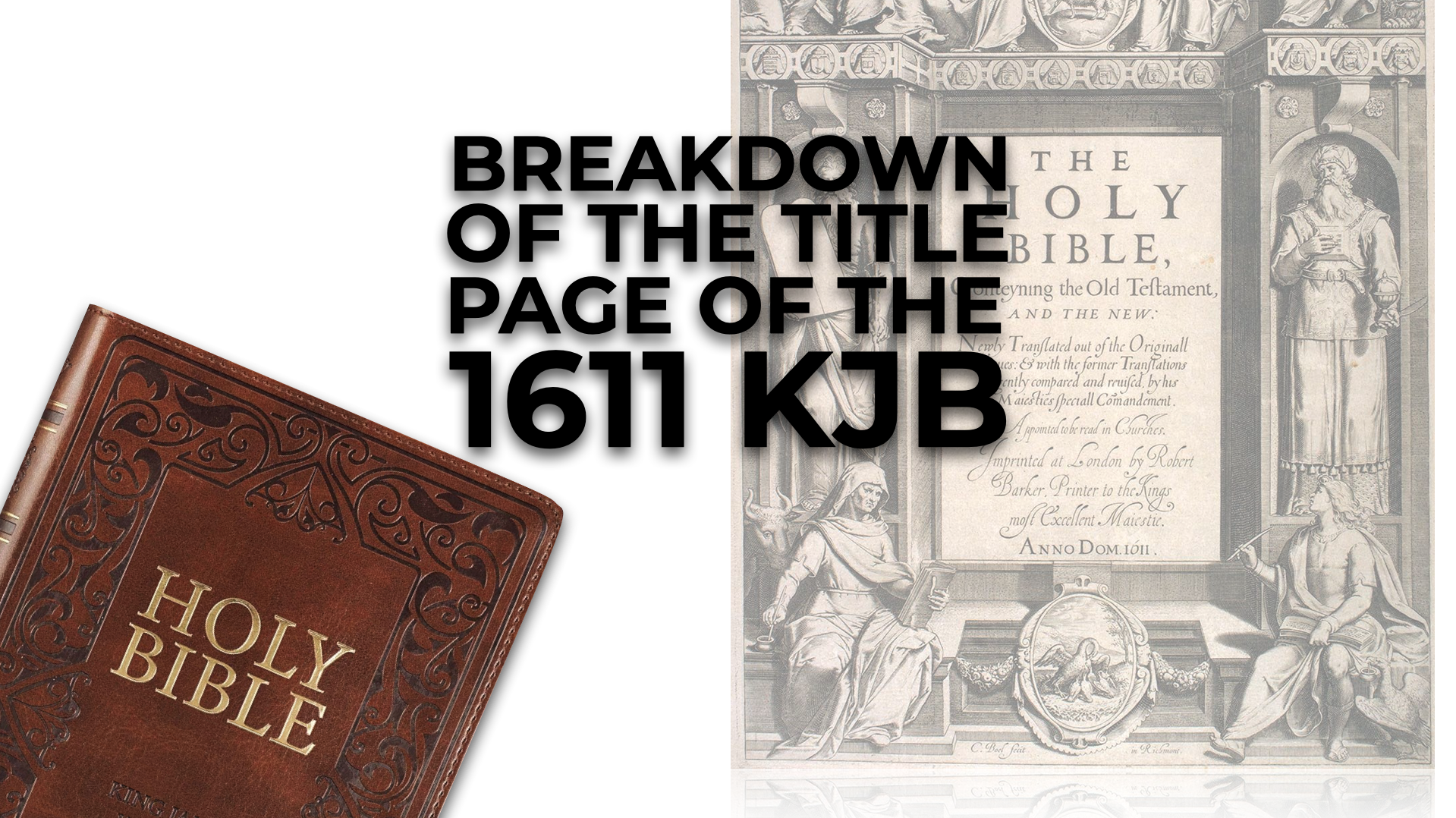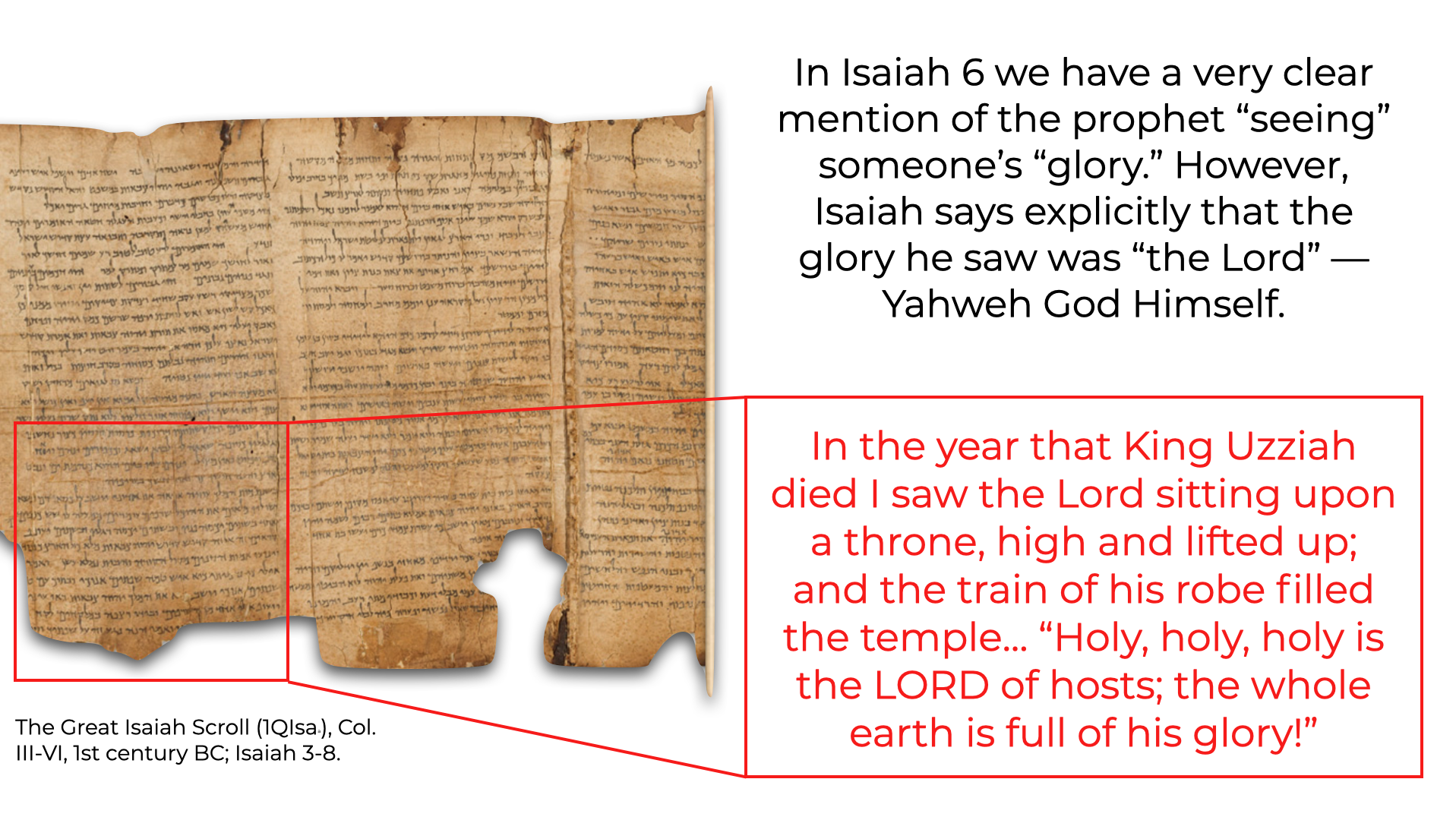I got to see Jesus genealogy in a 3rd century manuscript
/This is P1, a 3rd century copy of the Gospel of Matthew, which includes Jesus’ genealogy and the story of his miraculous birth. I got the unique opportunity to both see P1 as well as where it was discovered in Egypt.
Read MoreP.Oxy. 5575 - a new published papyri
/P. Oxy. 5575, is one of the latest editions to the Egyptian Exploration Society’s published volume (now on number LXXXVII). This 9x3cm papyrus fragment has been attracting a lot of attention lately…
Read MoreThe time I visited the discovery sites of "lost" sospels
/In June 2023, my colleague and I headed over to Egypt. While there we visited key sites where biblical and apocryphal manuscripts were discovered, along with getting to see a few particularly noteworthy manuscripts up close and personal…
Read MoreThe most famous Bible verse not original to the Bible
/If you look at your modern translation of the Bible you’ll notice that at the end of John 7 the text is often sectioned out or bracketed off with the citation note that reads something to the effect of: “The earliest manuscripts and many other ancient witnesses do not have John 7:53-8:11.” Part of the trickiness of the conversation regarding this text, which records the story of the woman caught in adultery, is that it is not found in any of the earliest Greek texts in the manuscript tradition.
Read MoreWhere do the chapters and vesres in your Bible come from?
/Our earliest copies of both the Hebrew Old Testament and the Greek New Testament did not come with chapter and verse divisions. So where did they come from?
Read MoreThe Gospel of Thomas -- the earliest non-biblical Gospel
/The final form of the Gospel of Thomas, in Coptic as it is found in the Nag Hammadi Library, is one of, if not the, earliest extant non-canonical Gospel accounts. Earlier fragmentary versions of the Gospel of Thomas exist in P.Oxy. 1, P.Oxy. 654, and P.Oxy. 655. These other three are Greek, and their text make up roughly 20% of the of the Nag Hammadi version and all show development over time within the text.
Read MoreThe most ancient translation of Leviticus
/This is Manuscript 2649, it contains parts of Leviticus and dates to the 2nd century. It is the oldest Greek fragment of this part of the Bible. It would have originally contained 27 chapters of Leviticus and had about 74 papyrus pages. Containing sections from Lev. 10:15 - 11:3; 11:12 - 47; 12:8 - 13:6; 23:20 - 30; 25:30 - 40.
Read MoreThe earliest (non-biblical) written evidence for Passover
/The Elephantine Passover Papyrus is the earliest non-biblical reference to Passover. Discovered in 1907-1908, it belonged to a communal Jewish archive, owned by a Yedaniah ben Gemariah.It is written in Aramaic and dated to 419 BC…
Read MorePassion Week from Byzantine manuscripts
/Byzantine art within manuscripts generally focused on full-page portraits of the Gospel writers and decorative headpieces. As Annemarie Weyl Carr, Professor Emerita of Art History at Southern Methodist University noted, “Byzantine New Testament illumination stands out for its inventive deployment of the author portrait” (Carr, “New Testament Imagery,” in A Companion to Byzantine Illustrated Manuscripts, ed. Tsamakda, pp. 263–64).
Read MoreEaster Images from a 1k year-old Bible
/This is GA 2561, a copy of the Gospel of John from the 11th century. GA 2561 is written in minuscule Greek and contains numerous scenes painted on the parchment depicting the life of Jesus. These sorts of images in ancient copies of scripture show the unified testimony of what Christians have confessed over the last two millennia…
Read MoreAncient Christian hymns
/This is P.Heid IV. 292, a 2nd or 3rd century papyrus that preserves nine fragmentary lines from an early Christian Easter hymn celebrating the resurrection of Christ with an antiphonal refrain…
Read MorePalimpsests: The secret lives of manuscripts hidden underneath
/Palimpsests contain an important contribution to our understanding of the history of the biblical text. It has been estimated that as much as 20% of ancient New Testament manuscripts are palimpsests.* Yet every time we discover these secret and hidden texts they never radically alter our understanding of the biblical text, but instead, work to time and time again confirm what we thought the words of scripture said all along.
Read MoreThe Holy Spirit and ancient Greek manuscripts
/This is P.Fay. 91, dated to the year 99 AD. This papyrus document was an employment contract for a woman named Thenetkoueis, where the Greek term ἀρραβὼν is used to refer to a down-payment of 16 drachma (approx. $872 USD) with the contractual promise of further payment.
Read More


































































